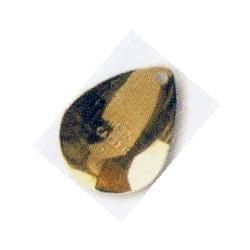


The next presentation, called "Periscope Depth," is for when the water has warmed and the active bass have moved shallow, usually on sunny winter afternoons.

Keep tension on your line so you can see a tick or feel the bass engulf your bait. Let the spinnerbait hit the bottom, take in the slack, lift your rod tip slowly, take in that slack, and repeat. This technique can trigger strikes when nothing else seems to work.ĭragging the bait along the bottom is similar to slow-rolling but you work the bait like it was a plastic worm. When the spinner hits bottom, slow-roll but intermittently and abruptly lift up your rod tip, let the bait flutter down, and then repeat. Yo-yoing is a cross between the slow-rolling and the jigging technique. Let the bait hit the bottom, then lift your rod tip a few times, letting the bait fall each time. Keep a tight line, watching for the pickup. Pitch your bait like a jig next to cover or above bass holding structure and let it slowly fall. Jigging a spinnerbait (it is part jig, after all) can be most effective. You need to keep the spinnerbait as close to the bottom as possible and bump it into cover and structure.Ĭast your bait and let it fall to the bottom or the depth you want if the fish are suspended. This presentation is used when fishing deep water. Slow-rolling is probably the most effective presentation for fishing all reservoir types in the South. In hill-land and highland reservoirs, let the bait sink deeper before retrieving. For winter and early springtime conditions, a slow to moderate retrieve works in lowland reservoirs. You can create more.Ĭhunking and winding is probably the easiest and most prevalent presentation. PRESENTATIONS Remember that word "versatile?" Here are eight different presentations that prove its versatility. You can get a selection of spinnerbait blades ranging from size two to seven with four to six being most commonly used. However, spinnerbaits in many applications are a reaction bait: often a smaller blade and faster bait works well because the bass has to make an instant decision to eat it or pass it up - and big bass don't get big by being shy about eating things. Also, bigger blades provide more lift, which means that it will run slower and stay in the strike zone longer than a small-bladed bait will. The larger the blade, the more flash and sound it produces. When it comes to selecting a plain or hammered blade, there doesn't seem to be much difference other than the angler's preference.īlade size, on the other hand, is very important. Generally, dark blades are used at night a gold, florescent red, chartreuse, or copper-colored blade is used in stained water gold is good on a cloudy day in clear water and a silver blade is used on sunny days in clear water. Spinnerbait blades come in many colors and reflective finishes.


 0 kommentar(er)
0 kommentar(er)
